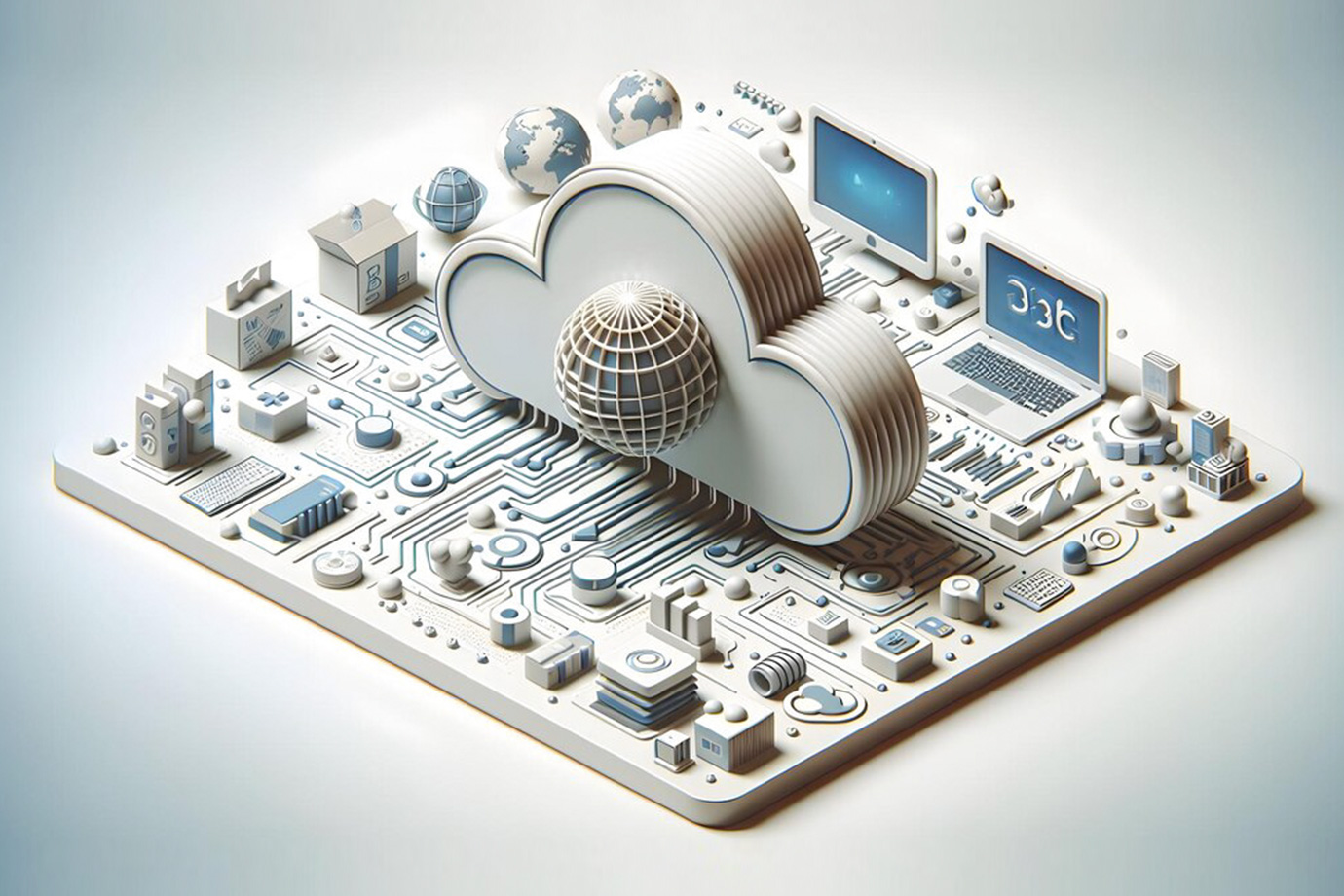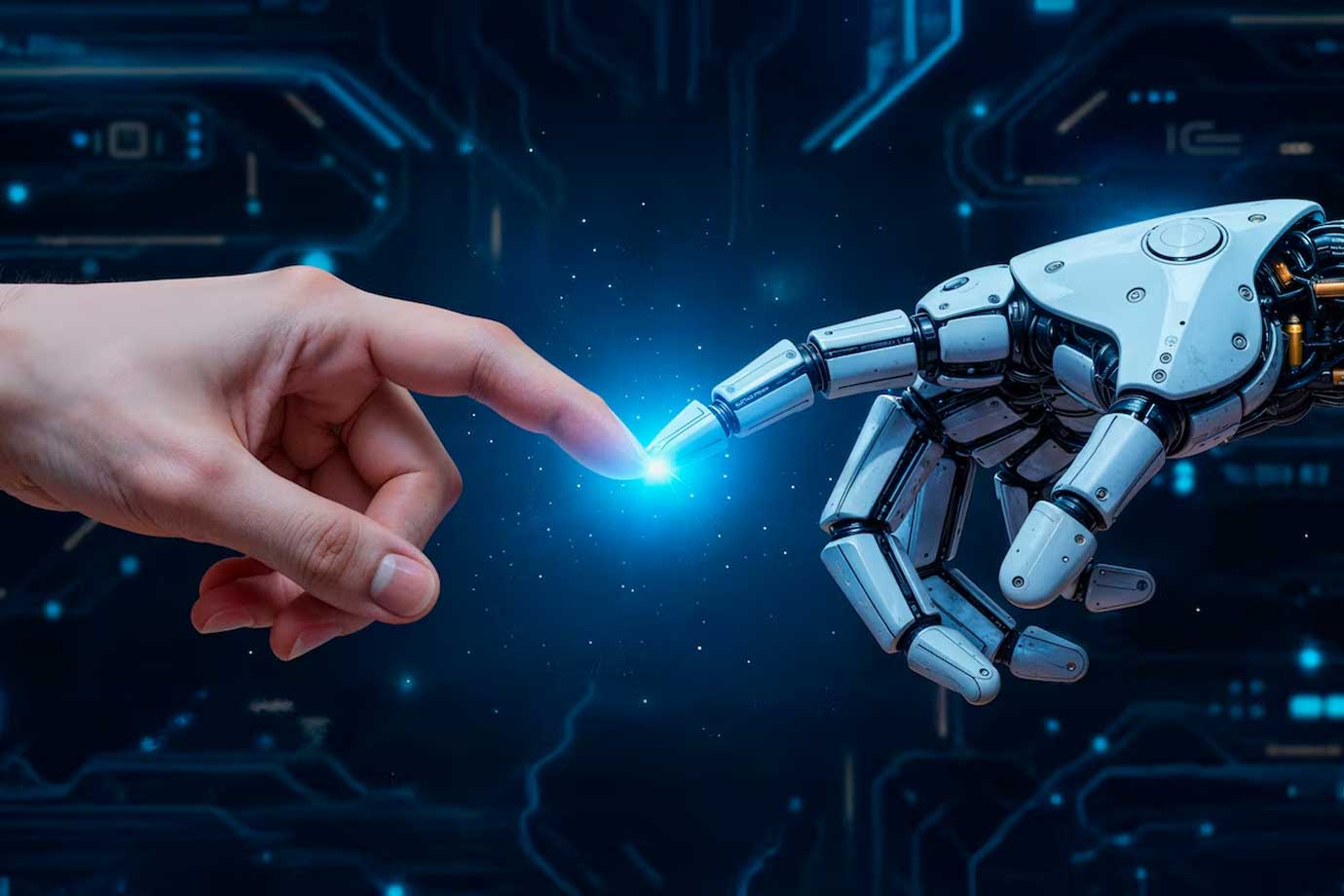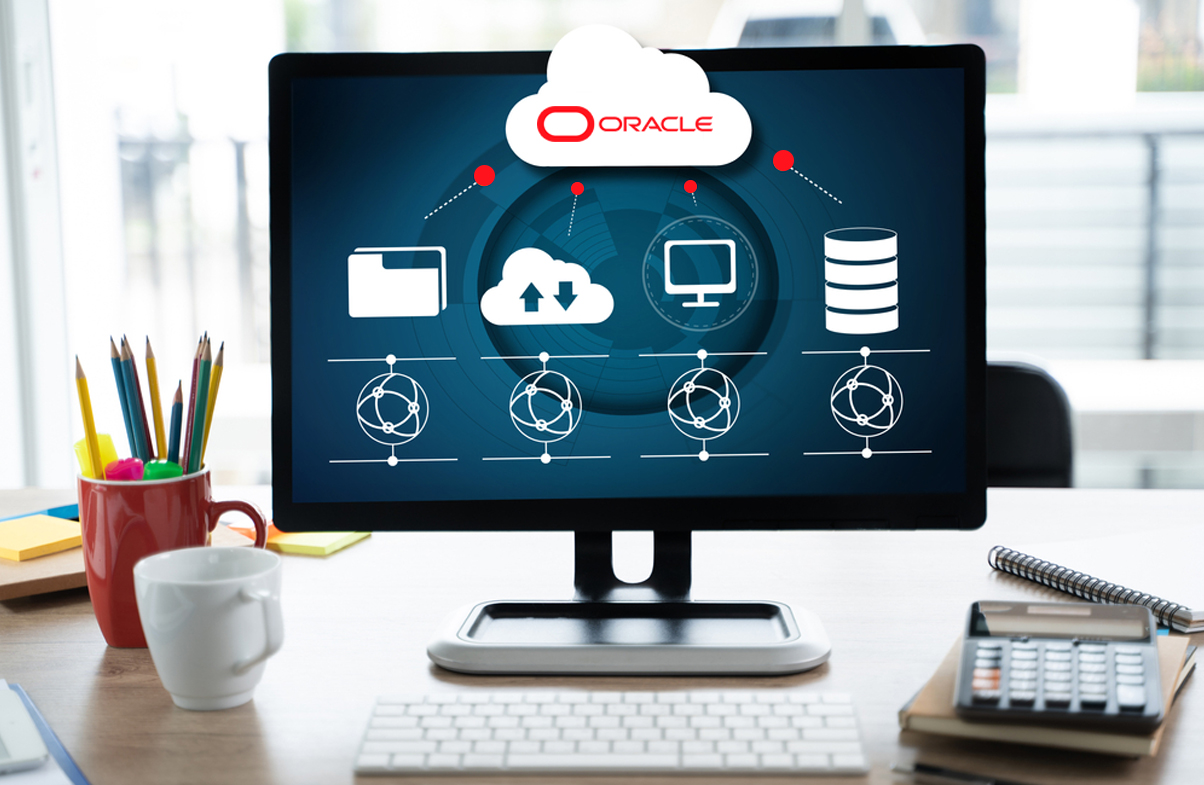Edge Computing for IoT: Top Trends You Need to Know in 2025

23 Jun 2025
The Internet of Things, or IoT, has rapidly transitioned from the realm of sci-fi to becoming an integral part of our daily lives. IoT devices are already well integrated into our daily routines, from wearable technology and smart home devices to self-driving cars and factory machines. Network infrastructure, however, is now facing unprecedented stress from the growing level of complexity and volume of devices.
With this requirement, traditional cloud computing, which was the go-to option previously, is beginning to strain. Here is where the role of Edge Computing comes into play. By 2025, it will no longer be an emerging technology; rather, it will be vital. With computations being done near its source, edge computing is revolutionizing the Internet of Things by enabling immediate feedback, lower bandwidth consumption, higher privacy, and increased system resilience.
What is Edge Computing?
Edge computing is a distributed computing model in which data is processed locally, on or near the device that gathers it. Rather than pushing all data to remote cloud servers, edge systems process, filter, and analyze data at or near its point of origin.
Key Characteristics of Edge Computing:
- Real-time processing of data at or near its source
- Much less dependence on the cloud, saving bandwidth and time
- More privacy and security of data using local storage
- Better reliability, especially in countries with weak internet connectivity
This approach provides IoT devices greater independence to behave, facilitating faster choices without cloud guidance.
Why Edge Computing is Crucial for IoT in 2025
There will be over 30 billion IoT devices connected in 2025. These devices generate enormous amounts of data, much of which has to be processed in real-time. Conventional cloud computing struggles to match this pace.
Edge computing solves several IoT headaches:
- Latency: Reduced latency via local processing
- Bandwidth: Less data to be transmitted to the cloud
- Scalability: Handles rapid device growth without causing network congestion.
- Security: Minimizes risk via less exposure to the cloud
- Reliability: Keeps devices running even in the event of network failure
Edge computing is the sole viable option for mission-critical and time-critical IoT deployments in 2025.
Real-World Applications of IoT in 2025
1. Industry 4.0 (Smart Manufacturing)
IoT-enabled machinery is used in factories to automate procedures, forecast failures, and track performance. Edge computing increases productivity and safety by ensuring real-time responses to any operational glitches.
Example: Edge-based analytics can identify odd vibrations in a CNC machine and initiate an automated shutdown to avoid expensive damage.
2. Remote Monitoring & Healthcare
Vital signs are continuously monitored by medical devices and wearables. This data is instantly processed by edge computing to detect health abnormalities and allow for prompt intervention.
Example: A diabetic patient's glucose monitor processes information locally, setting off an alert and regulating insulin levels on its own.
3. Smart Mobility & Connected Automobiles
Autonomous cars need to make decisions instantly. Real-time processing of visual, radar, and GPS data is done by edge systems that are mounted in vehicles or on road infrastructure.
Example: Before, cloud latency could result in delays, but a car can prevent a collision by processing edge data on a pedestrian's movement instantly.
4. Smart Cities
Real-time monitoring is essential for safety sensors, traffic systems, and public utilities. Rapid reactions to shifting conditions are made possible by edge nodes placed throughout cities.
Example: A district's air quality sensors identify increases in pollution and notify the local medical facilities and schools.
5. AI for Retail & In-Store
Without putting undue strain on central systems, edge-powered IoT devices in retail monitor foot traffic, control inventory, and streamline checkout procedures.
Example: At the edge, smart cameras track foot traffic and recommend the best staffing levels for peak hours.
Major Advantages of Edge Computing
One of the main issues with IoT adoption is security. Edge computing greatly improves data security by retaining data processing locally.
Security Benefits:
- Data Sovereignty: On-premises storage and analysis of sensitive data is possible.
- Proactive or Quicker Reaction to Threats: Edge AI instantly recognizes anomalies such as DDoS attacks.
- Encryption at Source: Before data ever leaves the device, it can be encrypted.
- Decreased Exposure: By restricting cloud interaction, attack vectors are minimized.
By 2025, enterprises will have greater control and visibility over their networks thanks to edge security solutions like behavioral anomaly detection, real-time authentication, and zero-trust architectures.
AI + Edge = Smarter IoT
Artificial intelligence enhances the capabilities of edge computing. Devices can learn, adapt, and make wise decisions locally thanks to this fusion.
Major Combined Advantages:
- Visual Recognition: Cameras at the edge identify faces, gestures, or flaws.
- Behavior-Based Personalization: Smart homes modify settings based on user habits.
- Predictive Maintenance: Devices identify wear patterns and notify users beforehand.
- Energy Efficiency: HVAC systems use analytics to optimize performance.
Example: Edge AI is used by a retail shelf camera to track movement, identify products, and improve stocking in real time.
Increased Difficulties: What's Precluding Edge?
Although edge computing holds promise, there are challenges.
Key Challenges in 2025:
- Cost of Infrastructure: The cost of infrastructure can be high due to the need for specialized chips, edge-capable devices, and network setup.
- Network Management Complexity: Overseeing a dispersed fleet of devices adds to operational complexity.
- Standardization Gaps: Incompatibilities between vendors arise from a lack of uniform protocols.
- Data Synchronization: A technical challenge is guaranteeing consistency between edge and cloud databases.
- Skilled Workforce: Experts in edge-AI deployment are still in short supply.
Businesses must balance these difficulties with the enormous advantages that edge computing provides, and hybrid architectures are frequently a workable solution.
What Comes Next? Edge-Powered IoT's Future
Edge computing's trajectory is rapidly accelerating. Several cutting-edge technologies are expanding Edge's capabilities in 2025 and beyond:
Important Trends:
- Edge AI Chips: Powerful chips that execute sophisticated machine learning models on-device.
- Federated Learning: Devices collaborate to learn without exchanging raw data.
- Decentralized Mesh Networks: Enhanced connectivity in remote or mobile environments is possible with decentralized mesh networks.
- Quantum Edge: Although it is still in its infancy, quantum edge promises exponential power in data processing.
We'll witness tremendous expansion in industries like logistics, agriculture, retail, energy, and defense as edge computing is increasingly incorporated into consumer goods and business models.
Conclusion: Edge is the Backbone of IoT’s Future
In summary, Edge is the foundation of the Internet of Things' future.
By 2025, edge computing will be the foundation of next-generation IoT ecosystems, not just a trend. Edge technology improves security, ensures operational efficiency across countless applications, and provides real-time intelligence by processing data where it is created.
Edge computing is essential for realizing the full potential of the Internet of Things, whether you're creating wearable health technology, managing a smart city, or creating autonomous machinery.
Do you want to spearhead IoT innovation?
Collaborate with NanoByte Technologies to develop edge-IoT systems that are future-proof, scalable, and responsive.





